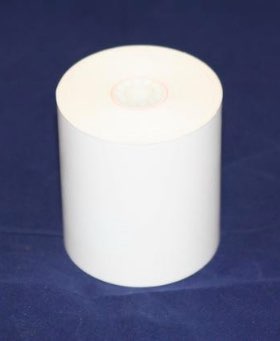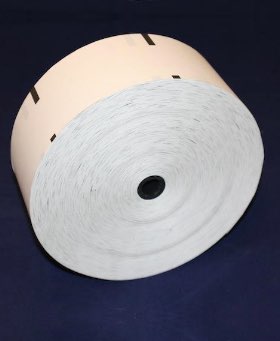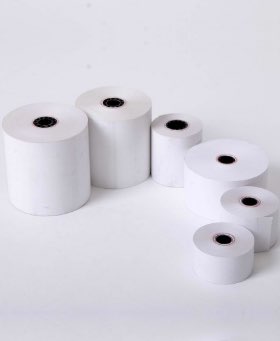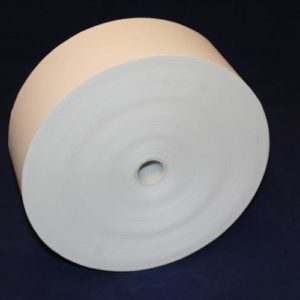5 Tips to Detect Counterfeit Receipts in Your Business
You have to worry about counterfeit money if you sell anything of value. Counterfeits are notes, coins, and other valuables that look just like the real thing. They may be printed on paper or plastic dollars or made out of metals or stones. Whatever their form, counterfeits will fool you if they are made to replace real money.
Counterfeit receipts are the most frequent type of scam that businesses face. There are many ways for scammers to dupe their victims, from fake e-receipts to phishing attacks. Fortunately, a little common sense and a few simple rules can easily save you from getting duped as you detect counterfeit receipts and avoid losing sales to rip-offs.
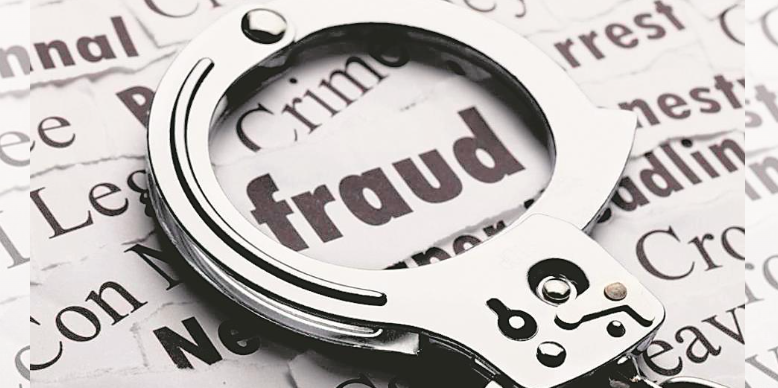
As you can observe, there are various ways that counterfeit receipts are used to commit forgery. Therefore, to prevent yourself from being cheated out of your money, you must be informed of the different types of counterfeit receipts used in your business and avoid them.
What is a Counterfeit Receipt?

A counterfeit receipt is a fraudulent document used to make it appear that the buyer has received the product. The most common type of counterfeit receipt is a “stamped” receipt, a document that has been printed by the seller and then stamped with the seller’s logo. However, many other counterfeit or fake receipts are used to commit fraud. For example, a “pink slip” can make it appear that the seller has received a product approved for resale. Another common type of counterfeit receipt is a “receipt for return” that is used to make it appear that the buyer has returned the product.
Keeping tabs on your cash flow isn’t easy, but it doesn’t have to be as challenging as you think. With the help of a little common sense and a few simple rules, you can easily detect counterfeit receipts and avoid losing sales to rip-offs.
How To Spot A Fake Receipt In 5 Steps?
If you’re a business owner, you’ve probably noticed that counterfeit receipts are a common problem. While it’s not uncommon for businesses to receive fake invoices, it’s important to be aware of the signs that your company may be dealing with counterfeit receipts. Here are a few things to look out for
- Firstly, look for any signs of tampering. If the invoice is torn or damaged, it could be a sign that the item was tampered with before coming into your hands.
- Second, look for any signs of authenticity. If the invoice has listed prices that do not exist or calculate sales tax incorrectly, it could be a sign of a fake receipt.
- Third, look for any signs of incorrect product codes. A fake receipt might list the business name and contact information incorrectly or might code products differently than the company does.
- Fourth, look for any signs of a watermark. If the receipt does not contain a company watermark, it could be a sign that the receipt is fake. (all the more reason to consider security features on your POS receipt paper)
- Fifth, check the texture of your receipts. if the receipt is too crisp, it is too good to be valid.
If you suspect your company may be dealing with fraudulent receipts, contact an experienced attorney immediately to discuss your options.
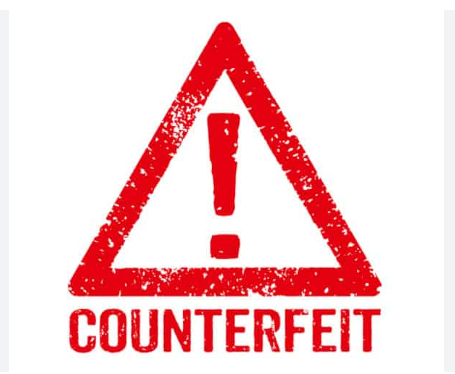
Tips And Tricks To Combat The Counterfeit Receipt Problem
- Double-check the authenticity of your receipt.
Double-checking your receipt’s authenticity is one of the most necessary measures to protect your business. While it’s easy to assume that because something looks like a receipt, it is genuine, unsuspecting customers are falling for scams that use common techniques to copy and paste the QR code on the receipt. You must scan the QR code with your smartphone and see that it’s not a code printed on the receipt. It seemingly is if it appears too good to be true or if someone else printed the receipt for you.
- Look for unique-looking QR codes, not QR code clones.
QR codes are unique to each phone and computer and can only be read by specific apps. While some QR codes, like those used for Amazon, look almost identical to those on checkout receipts, others, like those for retailers like Overstock.com or Target, have different design codes that can make you suspicious. Look for unique-looking QR codes, not QR code clones. Then, scan those codes with an app like QR Tracker, which will help you identify fake codes.
- Always authenticate receipts via a trusted third-party system.
You should always try to use the third-party system if you can’t pass along the original receipt. It will help ensure that you didn’t fall for a scam and that your information is correct. Also, be wary of social media posts or emails that seem too good to be true. Finally, if something doesn’t feel right, double-check it against the third-party system and ask for a replacement receipt.
- Be skeptical of social media posts or emails that seem too good to be true.
Many businesses try to up their online sales by misleading customers with emails, social media posts, or even phone calls. Since most of us trust social media more than banks or other businesses, it’s important to set the guardrails to protect yourself. Before clicking on anything in an email or on Facebook, check the date and time of the email and make sure it isn’t some automated spambot. Be especially suspicious of emails automatically sending themselves and those opening and closing frequently.
- Finally, ask for a physical receipt as proof of purchase.
If your purchase was shipped to you, such as from Amazon, you should ask for the receipt to show the seller that you received the item. While skipping this step if you receive the item is easy, it is often the only way for a seller to know that you received it as promised.
Final thought
In addition to these tips, you can also learn how to avoid getting scammed in the first place by reading more about how to avoid counterfeit receipts. Also, you can reach out to industry experts at Graphic Tickets & Systems to understand what else you need to look out for to save yourself from being duped. Additionally, you can adapt best-in-class thermal receipt paper and avoid any such unpleasant experience.
FAQs :
What are some ways to identify counterfeit receipts?
– Here are some ways to identify counterfeit receipts:
- Check QR codes and stay vigilant for QR code clones.
- Always authenticate receipts via a trusted third-party system
- Ask for a physical receipt as proof of purchase
- Be skeptical of automated spambot or spam emails
- Last but not least, always double-check your receipts
What are some warning signs of counterfeit receipts?
– Some of the warning signs of counterfeit receipts can be the following:
- absence of watermark or pre-printed marks
- wrong pattern
- if the texture of your receipt is too crisp
- Incorrect product codes
- a fake receipt may list prices that do not exist or calculate sales tax incorrectly
How can I tell if a receipt is legitimate?
You can check if the receipt is having watermark or not to check its authenticity. Checking the quality of paper receipts is another way to check whether it is legitimate. Keep a valid receipt to compare a new receipt to check its legitimacy. Look for detailed information, the return policy, and the seller’s contact information.
How do I report a counterfeit receipt?
You can visit the Secret Service website to address the issue of a counterfeit receipt. Report the problem to your local U.S. Secret Service field office.

